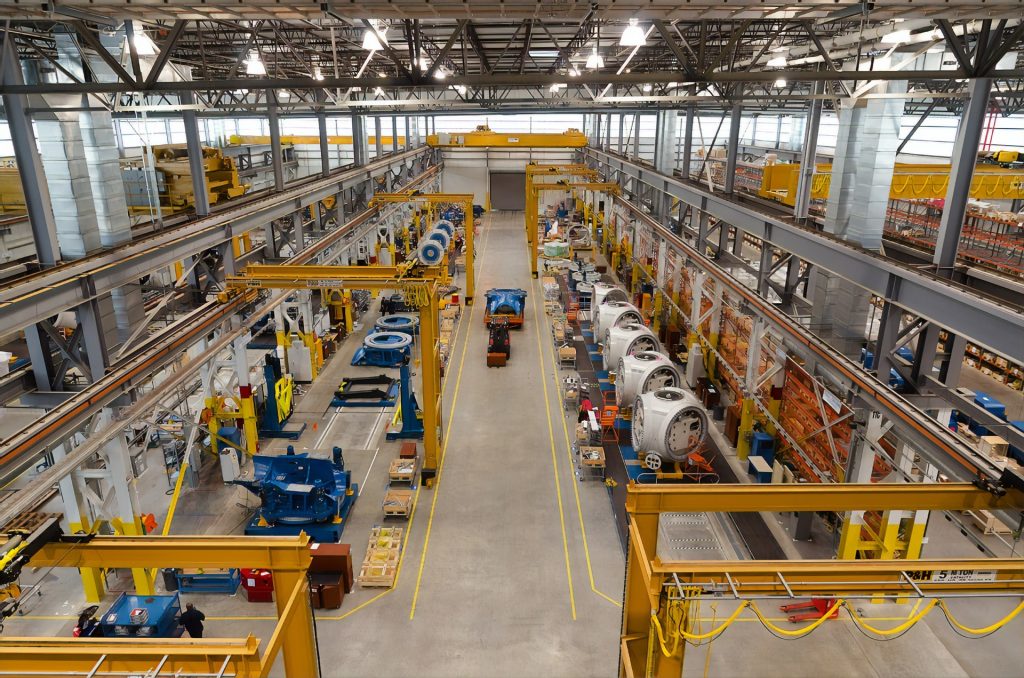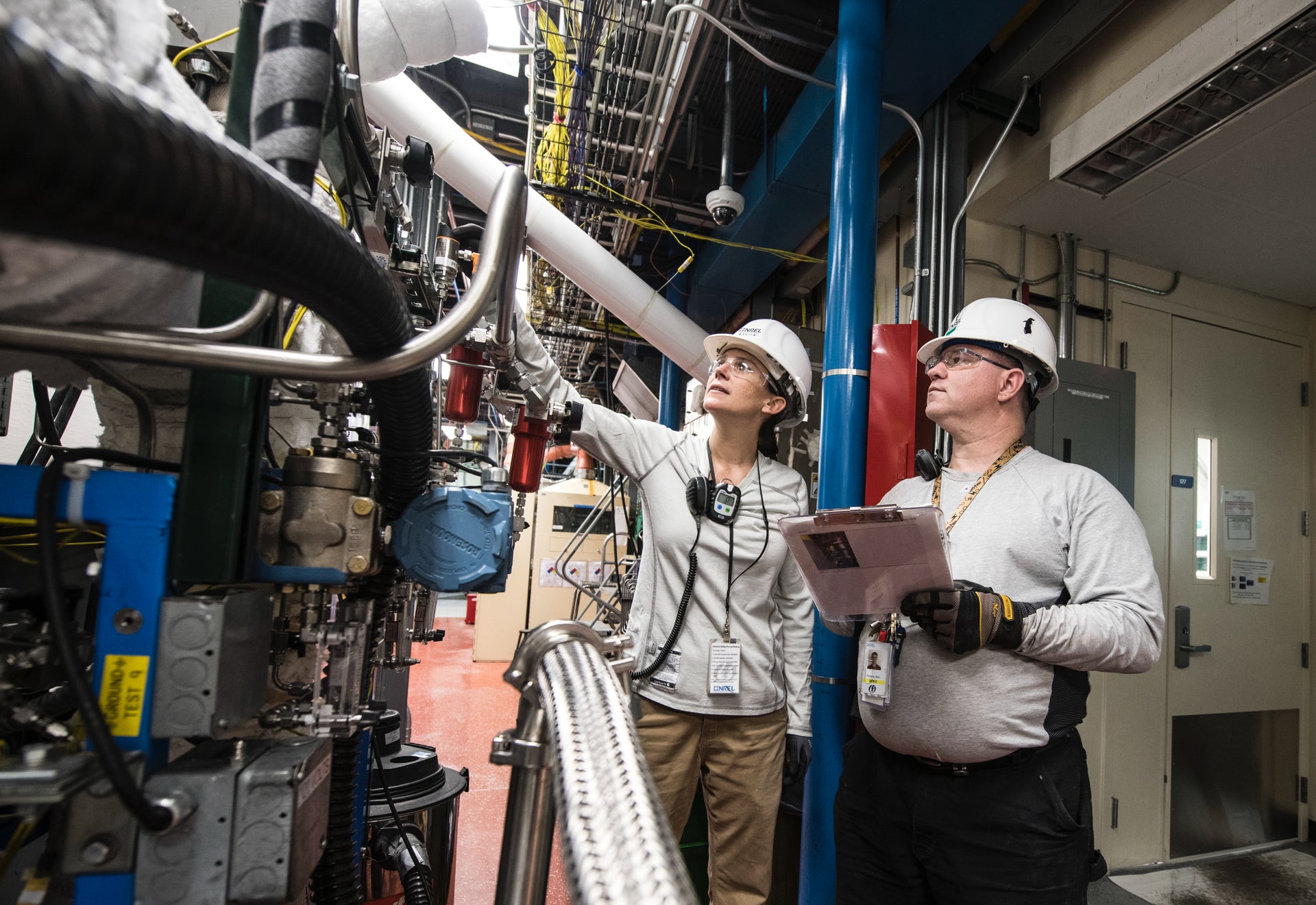For any type of business that wants to be successful, they will need to understand and fully implement the lean manufacturing principles. This is a business concept that has been around for decades but it is only now that the actual effects of the lean manufacturing method are being felt. If you go back to the 1970s, many large corporations tried to use lean manufacturing methods as a way to cut costs and improve productivity. But now, almost every major company that you look to for a new job or even an employee is doing this.
What is Lean Manufacturing?
Lean manufacturing, or Lean production, is a management philosophy from the Toyota Production System that focuses on reducing the seven types of waste (overproduction, lead time, transportation, overprocessing, inventory, motion, and defects). By eliminating this waste, quality improves and production time and costs decrease. Lean tools include continuous review processes (kaizen), pull production (in the kanban sense), and fail-safe elements/processes (Poka-Yoke).
Lean Manufacturing was developed by Toyota executive Taiichi Ohno during Japan’s post-World War II reconstruction period. The term was coined in 1988 by John Krafcik, but more clearly defined and popularized by James P. Womack and Daniel T. Jones in the book “The Lean Mindset in Lean Thinking Companies: Eliminate Waste and Create Wealth”.
It was based on the concept of Lean Manufacturing that Eric Ries created the concept of the Lean Startup. He used several methodologies used by Toyota and merged them with others (such as Design Thinking) to create this concept. This proves that even a methodology used for car production can be adapted to any other area of business.
One crucial aspect is that most costs are calculated in the design phase of a product. An engineer will specify known materials and processes and costs at the expense of other cheap and efficient processes. This reduces project risks. Companies following this methodology develop and forward check sheets to validate product design.
The key points of lean manufacturing are:
- Immediate total quality – going for “zero defect”, and detecting and solving problems at their source.
- Waste minimization – eliminating all non-value-added activities and safety nets, optimizing the use of scarce resources (capital, people, and space).
- Continuous improvement – reducing costs, improving quality, increasing productivity, and sharing information
- Pull processes – products are taken by the end customer, not pushed to the end of the production chain
- Flexibility – producing different batches of a wide variety of products quickly, without compromising efficiency due to smaller production volumes.
- Building and maintaining a long-term relationship with suppliers by making agreements to share risk, costs and information.
- Lean is basically all about getting the right materials, to the right place, in the right quantity, minimizing waste, being flexible and open to change.

So how exactly does a company go about implementing lean manufacturing?
The concept of Lean Manufacturing is a continuation of the mass production system, known in the 1920s as the “conveyor belt” of the automotive manufacturer Ford. Taiichi Ohno and Eiji Toyoda, two employees of the automobile manufacturer Toyota in Japan, developed Lean Manufacturing after World War II.
Lean Manufacturing became known throughout the world thanks to the best seller “The Machine that Changed the World”, a book in which the aspects that led to the success of Toyota’s production system are described. In the 1980s, Lean Manufacturing also gained a foothold in America. This was partly caused by the cooperation between Toyota and General Motors, who built a plant together. It lasted until the late 1980s into the early 1990s before American companies also wanted to be called “Lean Manufacturers”.
There are two main parts to the whole process; the first part is identifying the problems that your business has and then implementing a strategy to help those problems get solved. The other part is training the employees to carry out the plan properly. Both of these steps are extremely important and if done correctly you can expect to see major improvements in all aspects of your business.
Implementing lean manufacturing implementation is a relatively easy thing to do and there are many companies that are happy to help you get started. It is always wise to make sure that you hire the best company possible though because this will not only ensure that you are getting the job done correctly but it will also help you establish a firm and strong foundation on which to build from. Remember that the results that you experience from this plan will not be seen right away but if you continue to implement the lean manufacturing principles every company will eventually see a significant improvement in productivity, quality, and more.
Pitfalls you can avoid when implementing lean manufacturing
The success of implementation will depend not only on the tools applied or the new processes mapped out but also on how willing the organization is to undergo a cultural change. Probably the biggest change is in how we deal with problems. It will always be about bringing them out into the open and solving them, rather than blaming someone else for it.
Be aware, too, of these common mistakes and take steps to avoid them. These mistakes have been compiled based on our experience with clients and reports from market professionals with whom we have contact. It is not the result of a ‘formal survey’.
It’s all about people: For the methodology to be effective, the team must be aligned with its implementation, so that it contributes to the organization’s performance, productivity, and well-being. Companies often fail by not involving people in continuous improvement, and this is a differentiator of Lean when compared to other improvement approaches. Thus, proposing a more adequate Lean implementation experience for people is fundamental to seek their better participation.
Taking the first steps on the Lean journey and executing complex initiatives with the help of people who have experience is important, and in some cases indispensable. However, sustaining Lean will depend on the transfer and absorption of knowledge by the people executing the processes and their managers. But it is worth pointing out that any learning and experience process is slow, deep, and requires time and resources.
Beyond the production line: When thinking about the concepts of lean manufacturing, we are able to transport its methodology into management. This is because waste does not exist only in the production chain. In a company’s daily routine there is always room for improvement and for making processes and workflows more efficient.
Another reason for the success of the Lean philosophy in terms of management is the fact that it also combats overload (whether of resources, production, or workload for employees, which causes unproductivity) and irregularities (especially of workflow and demands).
Therefore, to implement Lean thinking in your organization, it is not enough to adopt its tools in the search for zero waste, there needs to be a change in culture and mindset within the company.




